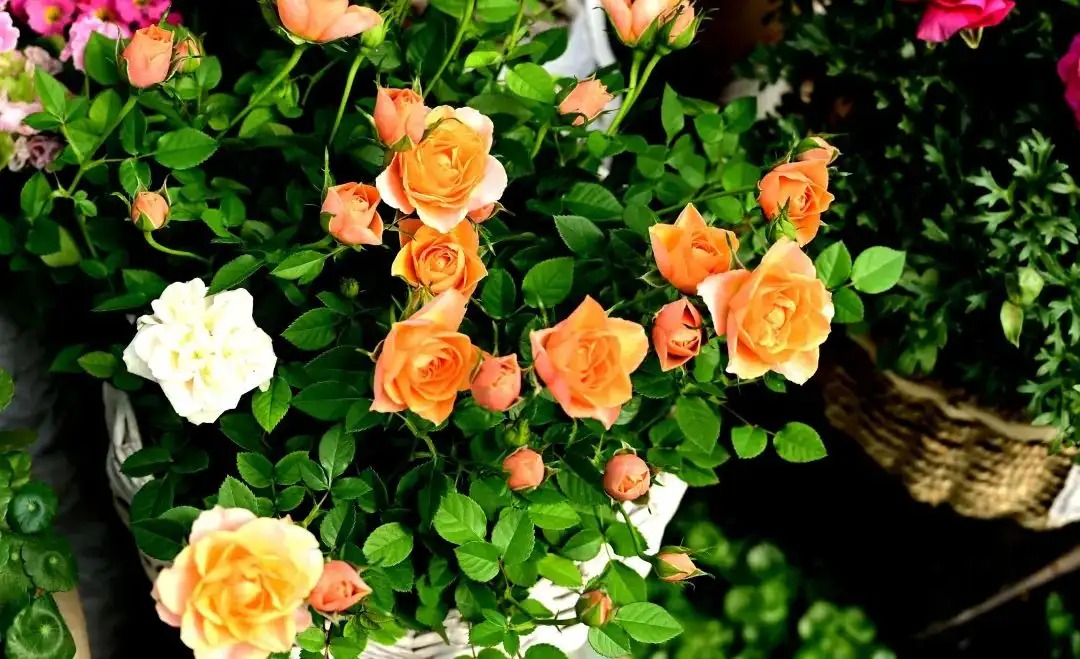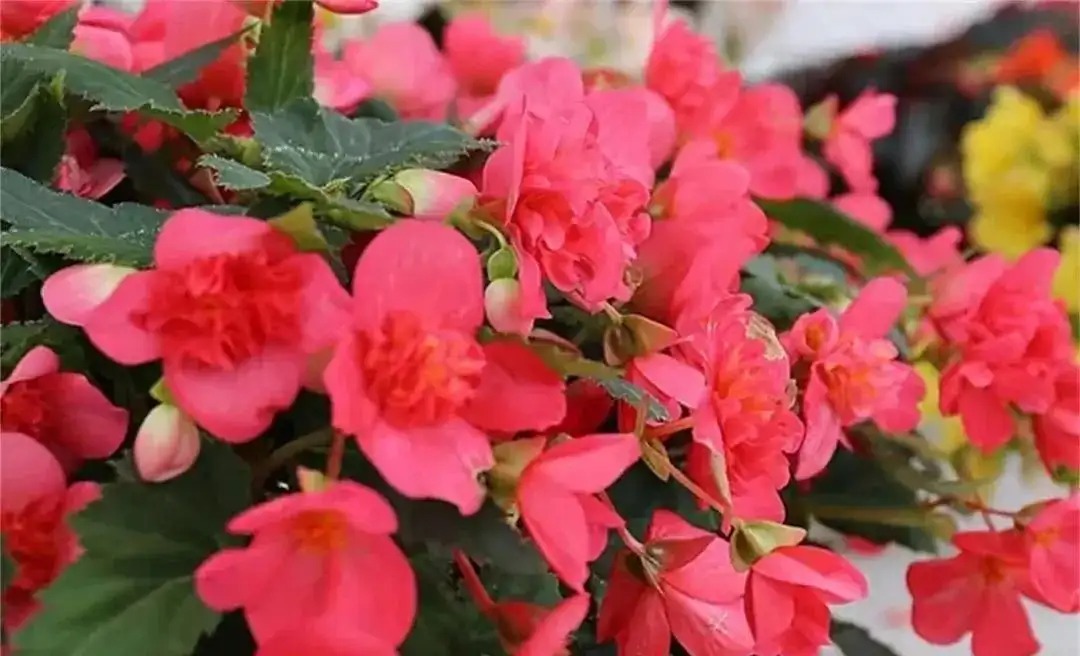There are 6 common "diseases and pests" in home flower cultivation. If you find them, treat them in time. If you are too late, you will only have empty pots.
1. Aphids
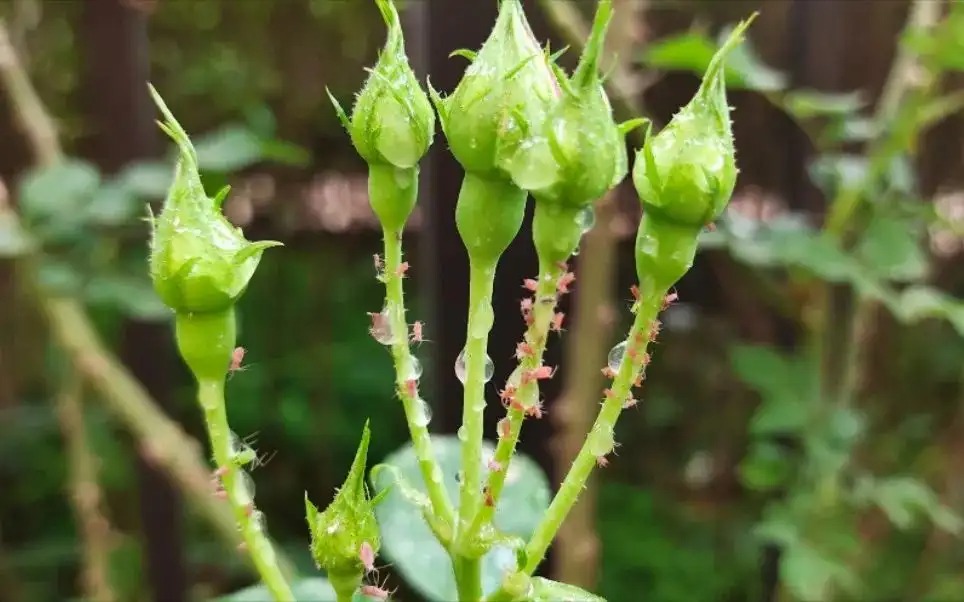
2. Scale Insects
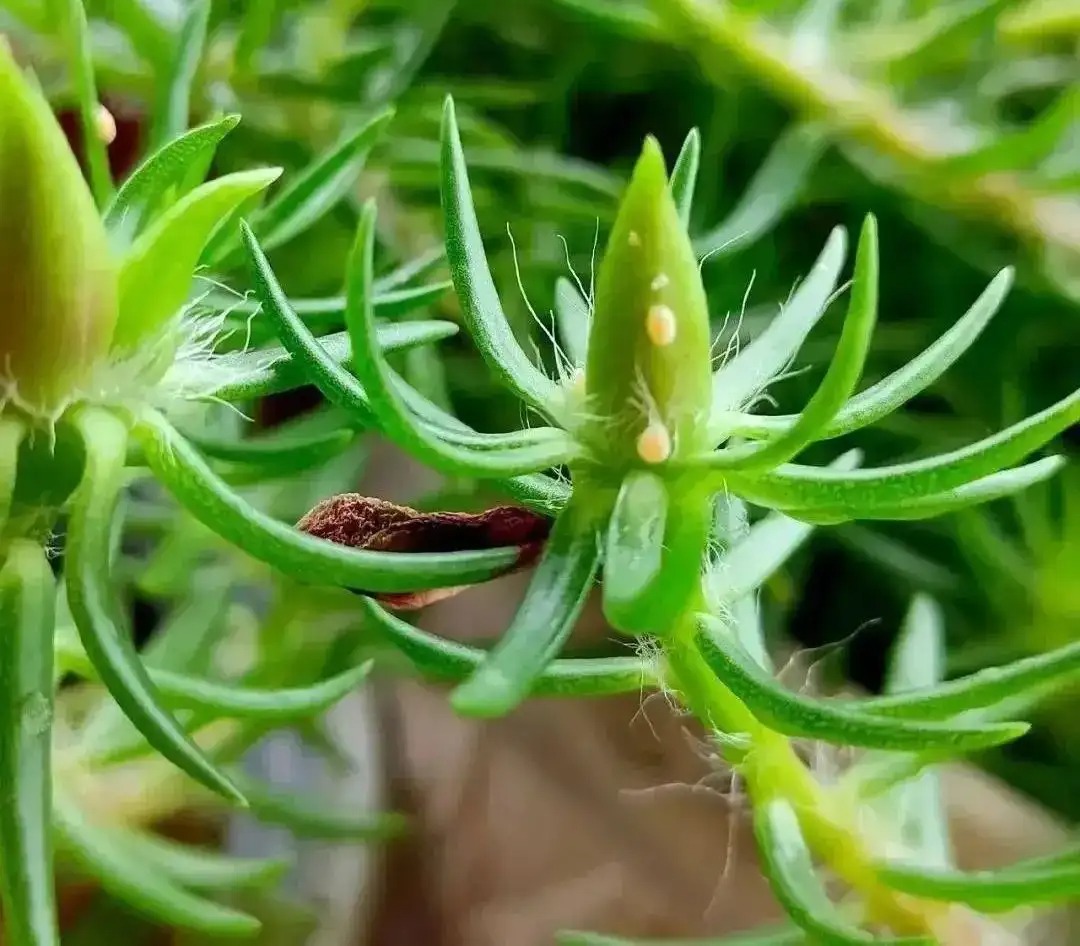
3. Red spider
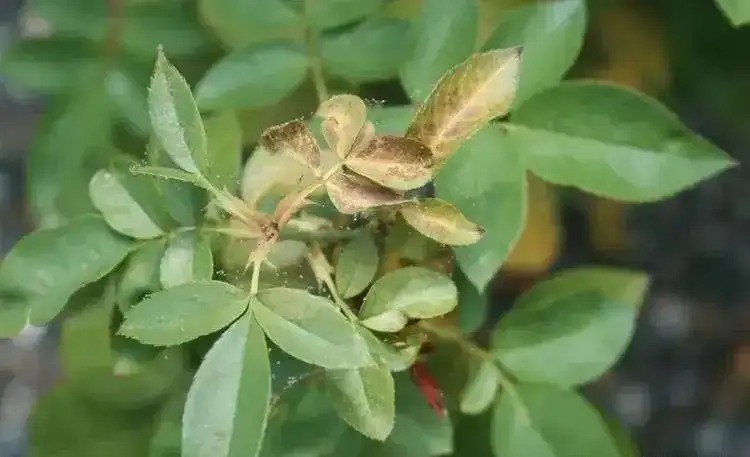
4. Little Black Fly
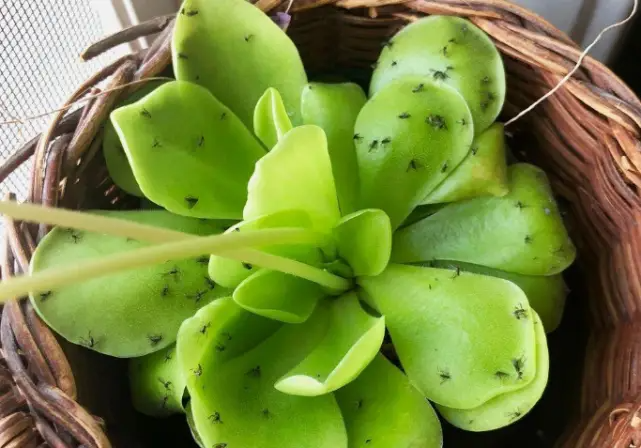
5. Powdery mildew
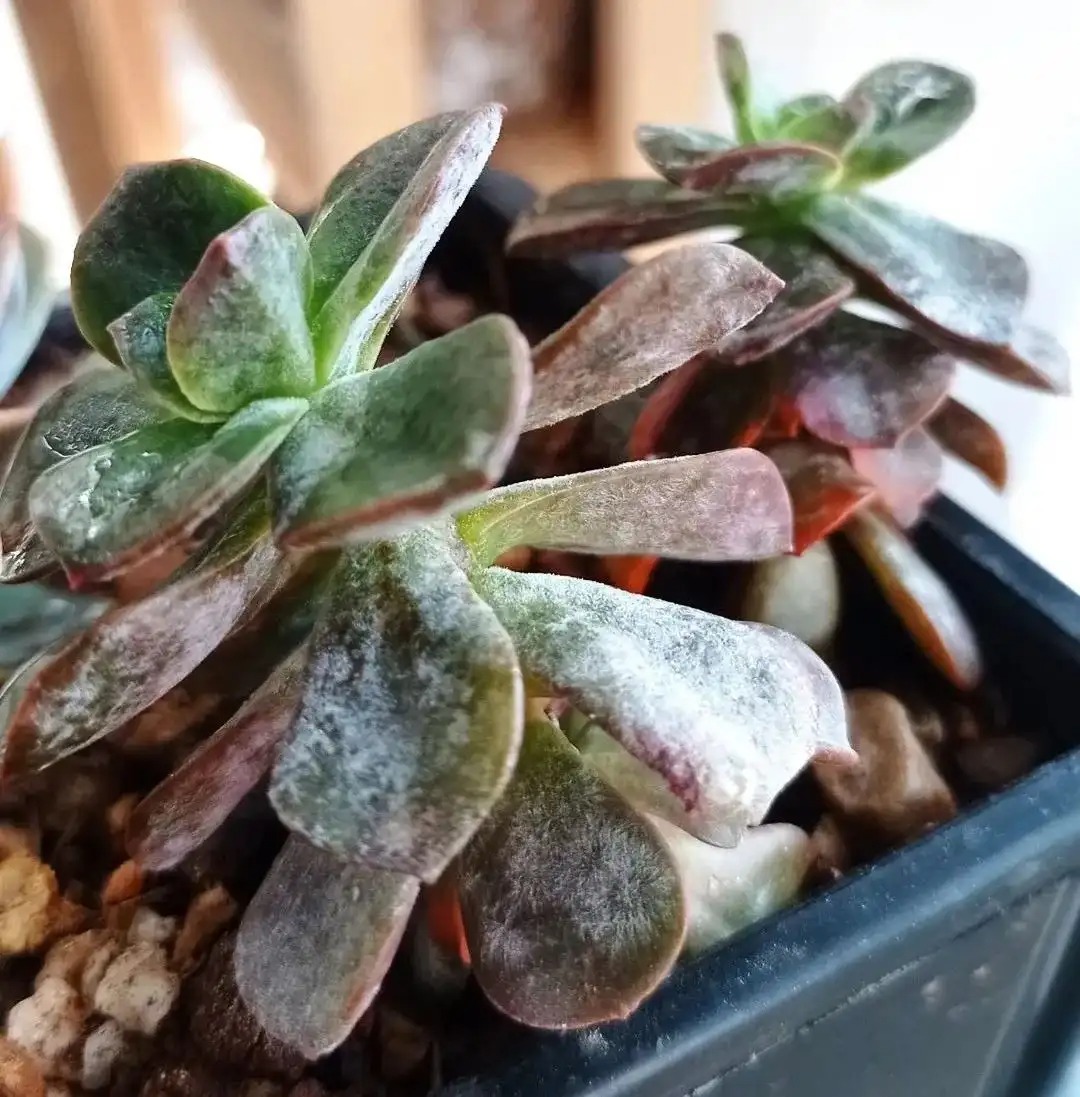
Prevention of pests and diseases
